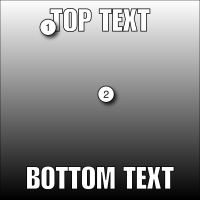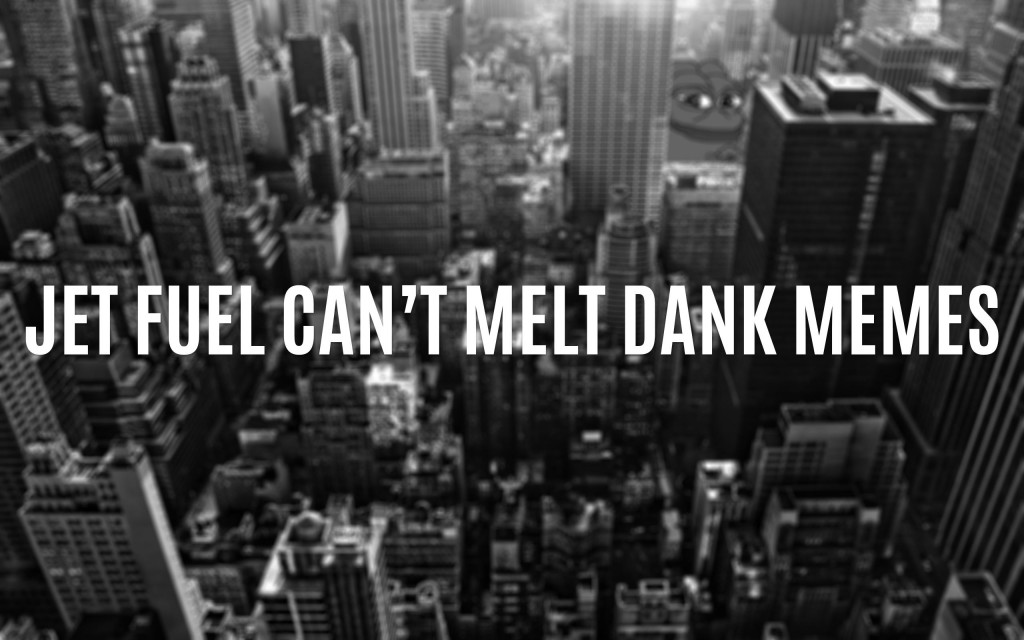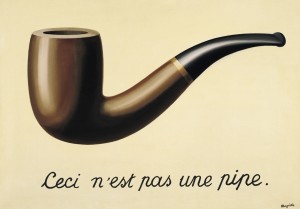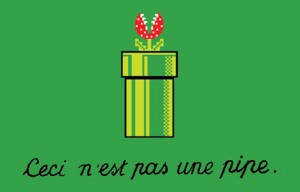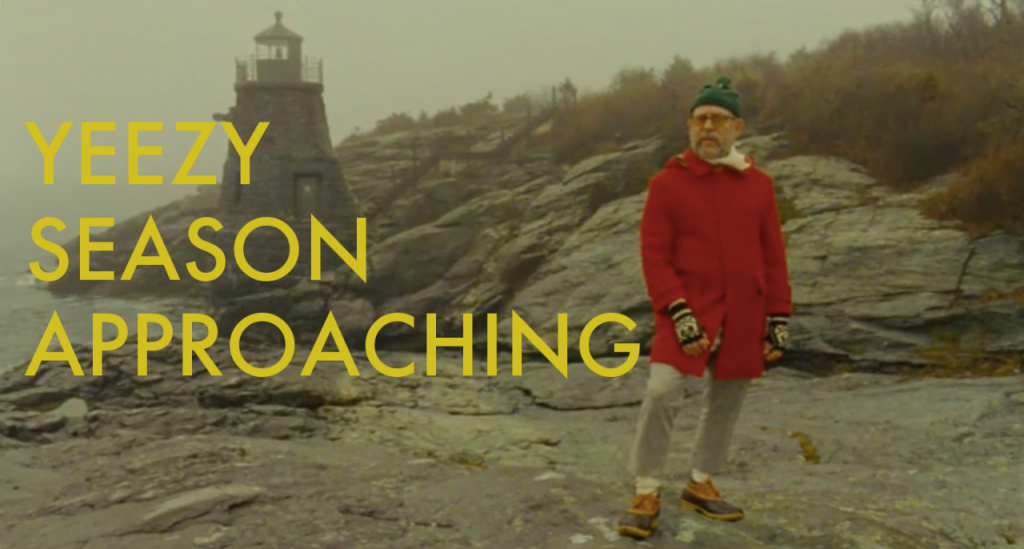Believe it or not, it’s an exciting time to be an internet meme scholar. Sure, it’s been three years since 4chan’s founder, Christopher ‘moot’ Poole, lamented the death of the “internet culture” that brought the term internet meme and its early exemplars to prominence. Sure, it’s been over a year since The Daily Dot—a sort of paper of record for participatory media—declared that “the internet meme is dying.” Sure, we’re well past the reign of the pantheon of esoteric stock characters that emerged from sites like reddit and Tumblr over the last decade. In the “good old days” of 2010, LOLCats, Advice Animals, and Rage Comics dominated forums and networks, prolific shortcuts to individual expression. In 2015, overt use of memetic tropes on the same sites is often met with ironic praise of their “dankness,” even if online collectives still have their fair share of inside jokes and esoteric references. As Whitney Phillips and Kate Miltner—two scholars with long histories of researching internet memes—will attest in the collection to follow, memetic participation has shifted and is shifting still. Mass attention and commercial appropriation have crept in, and any account of internet memes in 2015 has to take these shifts under consideration.
It’s an exciting time, not despite these shifts but because of them. These changes complicate the easy tendency to equate “internet meme” with a set of relatively narrow texts that rose to prominence somewhere between 2002 and 2012, and may or may not be trite in 2015. It’s tempting to call the individual images we scroll past on Twitter or Tumblr memes, like the term is synonymous with “a funny little .jpg from the internet.” From this position, it’s easy to log in to Facebook, see yet another goddamn Minion, throw up our hands, and declare the death of the subculture.
But there’s a broader way to think about internet memes. One that’s more descriptive than prescriptive. More about the verb than the noun. More about memetics as a process than a meme as an object. This emphasis has precedent. Some of the earliest internet-inspired translations of Richard Dawkins’ ideas on cultural transmission have focused on the communicative practices and participatory logics that bring individuals together around shared references, moments, and texts. It takes memetic practices—that is the collective creation, circulation, and transformation of texts—to turn an individual image (or video or phrase or hashtag or performative act) into a meme. The music video for Rick Astley’s “Never Gonna Give You Up” is just the music video for Rick Astley’s “Never Gonna Give You Up” until people start annoying each other by linking to it. It’s not a meme until the practices around it become memetic.
Memetic participation is bigger than any individual image, video, or tweet. And if we’re tired of Advice Animals or Minions, it doesn’t mean “memes are done,” just that those memes don’t hold the specific cultural capital they did in 2010, or even that they hold cultural capital for people other than us, who get along fine without our approval (and that’s okay).
From this lens—emphasizing the collective processes of creation, circulation, and transformation that underscore vernacular participation through media—memetics becomes a means for understanding a vast array of populist practices. Memetic logics help craft both “stale” Advice Animals and the collective vocal scorn for those stale texts. The “dank memes” insult is every bit as memetic as the targets it’s applied to. The vocal hatred of the Minion meme is a counter-meme, but one still premised on the creation, circulation, and transformation of a collective idea. This lens means that Tim Highfield’s work in this collection on play with Hillary Clinton’s “Hillvetica” font belongs within the purview of memetic participation. As does Lisa Silvestri’s discussion of the Ice Bucket Challenge as a “beneficent meme.” This lens helps us understand the collective dimensions of why we love to hate the band Nickelback, and how our persistent play with the “Nickelback sucks” meme might ironically amplify the band’s spotlight.
With this focus on collective process, the problem becomes not “are memes dead,” but perhaps “what isn’t a meme?” If memetic participation is characterized by the creation, circulation, and transformation of collective texts, then how much mediated participation could fall under this purview? If Kirby Ferguson has grounds to posit that “everything is a remix,” then how far off is that from “everything is memetic?” If the balance of “fixed premise” and “novel contribution” that guides our vernacular conversations also guides our memetic participation, then how do memetic logics apply to mediated texts that might not be called memes in the sense that we call LOLCats or Advice Animals memes?
This admitted ambiguity comes with the benefit of sidestepping the need to prescriptively arbitrate what is or is not “a meme.” Instead, it opens up our focus to the logics and practices that underscore mediated participation. A single-topic, single-author Tumblog might demonstrate the creation, circulation, and transformation prevalent in memetic media, even if each individual text isn’t itself a meme. KanyeWesAnderson.tumblr.com—which mashes up Kanye West’s music with Wes Anderson’s films—may not curate memes, but it may employ memetic logics and processes in its mashups.
Emphasizing memetic social process also intertwines internet memes more completely with their participatory sibling “viral media,” even as it complicates our understandings of both. Some of the most powerful critiques of memes and viral media are tied to the determinism of the concepts. The concern is that memetics—especially when the lens skews closer to what Richard Dawkins introduced in his 1976 book The Selfish Gene—assumes that ideas “leap from brain to brain” and “infect” individuals as they go. The healthiest memes (Dawkins’ examples range from tunes to catchphrases to organized religion) seem to arrest their hosts and spread anew through this power. And as recently as 2013, Dawkins—when asked by Wired how he felt about the application of the term he coined to participatory media—doubled down on this determinism:
The meaning is not that far away from the original. It’s anything that goes viral. In the original introduction to the word meme in the last chapter of The Selfish Gene, I did actually use the metaphor of a virus. So when anybody talks about something going viral on the internet, that is exactly what a meme is and it looks as though the word has been appropriated for a subset of that.
But memetics doesn’t have to end with Dawkins’ 1976 conceptualization, or even his 2013 one. As Peter Lunenfeld and Limor Shifman have argued, an acceptance of parts of the memetic lens doesn’t have to mean a wholesale acceptance of determinism. In this collection, Limor Shifman parses out the similarities and differences between memetic and viral understandings of mediated participation, drawing on ritual and transmission models of human communication. As her work—and the work of Karine Nahon and Jeff Hemsley—evidences, both memes and viral media depend on similar collective processes.
The memetic world gets bigger when you focus on the processes of creation, circulation, and transformation underscoring participatory media. Genres and texts like mashups, song covers, fan edits, loosely-connected performance videos, half-true Facebook quotes, hashtags, book jacket art, creative pregnancy announcements, and Japanese-Character emoticons can all have their memetic dimensions. They can all balance novel reappropriation with fixed premise in their vernacular creativity. Limor Shifman, in her 2013 book Memes in Digital Culture, called memetic media our “(post)modern folklore.” And—like has always been the case with folk culture—these media are premised on collective strands intertwining into new tapestries of cultural production.
So yeah, it’s an exciting time to be an internet meme scholar. Memetic logics and practices are alive and well, more vibrant than ever, even if 2015’s corpus of texts is wider and more widely distributed than the esoteric collection of characters and tropes that emerged out of 4chan, reddit, and Tumblr a half decade ago. And memetic media are likely to further intertwine with the broader cultural tapestry. Memetic logics and practices have implications for politics and power, as we’ll see in the work of Karine Nahon and Katy Pearce to follow. Memetic media are now under the purview of brands, managers, and merchandisers. They’re used for campaigning and protest. They’re the subject of gatekeeping and control. The entries in this collection will assess both these burgeoning practices and the emerging field around them. They are an implicit statement on the social, cultural, and political significance of collective mediated participation. To modify that well-worn refrain, if memes are dead, then long-live memetics.
The above is part 1 of 8 in a collection on internet memes and viral media compiled for Culture Digitally, based on a pair of panels at the 2014 and 2015 meetings of the International Communication Association. We’ve taken to calling it “The Culture Digitally Festival of Memeology” and will release two entries a week for the next month. We hope you enjoy the show.
– Ryan M. Milner and Jean Burgess, Collection Editors
